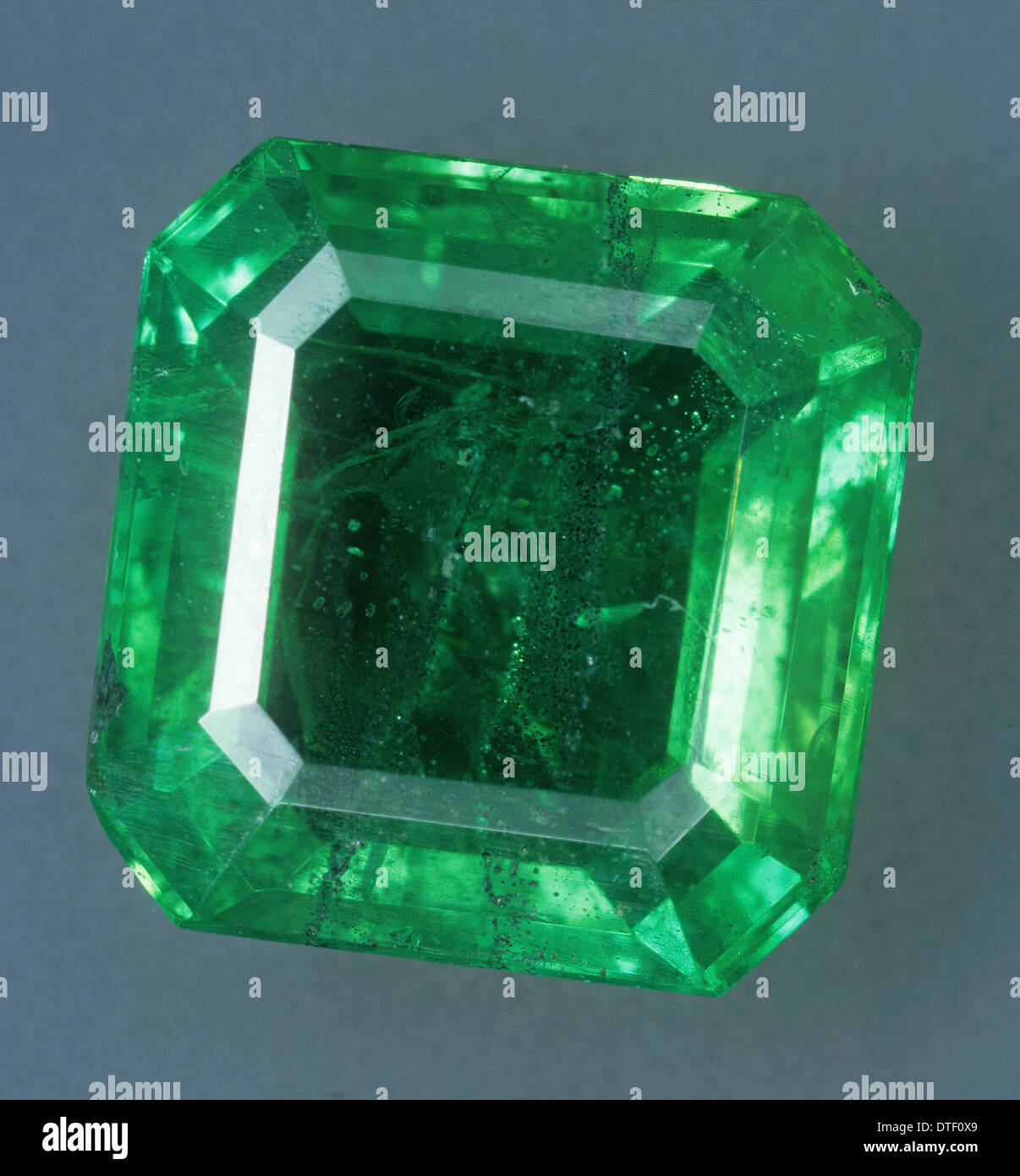Magnesium Iron Silicate Hydroxide Formula: Unlocking The Secrets Of Nature's Chemistry
Hey there, science enthusiasts! If you're here, chances are you've stumbled upon one of the most fascinating topics in the world of minerals and chemistry: magnesium iron silicate hydroxide formula. This isn't just a mouthful of complex words; it's a gateway to understanding some of the Earth's most essential materials. So, buckle up, because we're diving deep into the science behind this compound and uncovering why it matters so much. Let's get started!
You might be wondering, "What exactly is magnesium iron silicate hydroxide?" Well, my friend, it's more than just a collection of elements on the periodic table. It's a compound that plays a crucial role in shaping the very ground we walk on. From rocks to soil, this formula is everywhere, and understanding it can give us insights into how our planet functions.
In today's fast-paced world, where technology and innovation dominate the headlines, it's easy to forget the importance of the natural world. But trust me, the magnesium iron silicate hydroxide formula is no less exciting. It's like the hidden hero of the geological world, working tirelessly behind the scenes to keep things in balance. So, whether you're a student, a researcher, or just someone curious about the world around you, this article is for you.
- Is Sarah Silverman Married The Inside Scoop Yoursquove Been Waiting For
- Biscuit Hosting The Sweet Solution For Your Website Needs
What Exactly is Magnesium Iron Silicate Hydroxide?
Alright, let's break it down. Magnesium iron silicate hydroxide is a compound that belongs to the group of minerals known as amphiboles. These minerals are made up of silicon, oxygen, magnesium, iron, and hydroxide ions. But what makes this formula so special? Well, for starters, it's a key component in many rocks and minerals that make up the Earth's crust.
This compound is often found in metamorphic rocks, which are rocks that have been transformed by heat and pressure over millions of years. Its presence can tell us a lot about the conditions under which these rocks were formed. Think of it like a geological time capsule, preserving the history of our planet in its structure.
Breaking Down the Formula
The chemical formula for magnesium iron silicate hydroxide is usually written as (Mg,Fe)₃Si₂O₆(OH). Now, I know that looks like a bunch of letters and numbers, but let's simplify it a bit. The "Mg" stands for magnesium, "Fe" for iron, "Si" for silicon, "O" for oxygen, and "OH" for hydroxide. Each of these elements plays a specific role in the structure and properties of the compound.
- Talissa Smalley The Rising Star You Need To Know About
- Is Tia Torres Still Married The Truth Behind Her Love Story
- Magnesium (Mg): Adds strength and stability to the compound.
- Iron (Fe): Contributes to the compound's magnetic properties.
- Silicon (Si): Forms the backbone of the compound's structure.
- Oxygen (O): Binds everything together.
- Hydroxide (OH): Gives the compound its unique chemical properties.
Why Should You Care About Magnesium Iron Silicate Hydroxide?
Now, you might be thinking, "Why should I care about this compound?" Great question! The truth is, magnesium iron silicate hydroxide has a lot of practical applications that affect our daily lives. For one, it's used in the production of ceramics and glass, two materials that are essential in modern construction and manufacturing.
But that's not all. This compound also plays a role in environmental science. It helps regulate the Earth's climate by acting as a carbon sink, absorbing carbon dioxide from the atmosphere. In a world where climate change is a growing concern, understanding how these minerals work can be a game-changer.
Environmental Impact
When it comes to the environment, magnesium iron silicate hydroxide is a double-edged sword. On the one hand, it helps mitigate the effects of climate change by absorbing CO₂. On the other hand, mining these minerals can have negative impacts on ecosystems if not done responsibly. That's why scientists and engineers are working hard to find sustainable ways to extract and use these resources.
The Role of Magnesium Iron Silicate Hydroxide in Geology
In the world of geology, magnesium iron silicate hydroxide is a star player. It's found in a wide variety of rocks, from volcanic basalt to metamorphic schist. Its presence can tell geologists a lot about the conditions under which these rocks were formed, such as temperature, pressure, and the presence of water.
For example, in metamorphic rocks, the presence of magnesium iron silicate hydroxide can indicate that the rock was subjected to high pressure and low temperature. This information is crucial for understanding the tectonic processes that shape our planet.
How It Forms
The formation of magnesium iron silicate hydroxide is a complex process that involves a combination of heat, pressure, and chemical reactions. It typically occurs in environments where silicate minerals are exposed to water and carbon dioxide. Over time, these minerals undergo a process called serpentinization, which transforms them into magnesium iron silicate hydroxide.
Practical Applications in Industry
Beyond its geological significance, magnesium iron silicate hydroxide has a wide range of practical applications in various industries. From construction to electronics, this compound is used in ways that might surprise you.
In the construction industry, it's used as a filler material in concrete and asphalt. Its ability to improve the durability and strength of these materials makes it an invaluable resource. In electronics, it's used as an insulator in circuits and components, thanks to its excellent thermal and electrical properties.
Emerging Uses
As technology continues to evolve, new uses for magnesium iron silicate hydroxide are being discovered all the time. Researchers are exploring its potential in the development of new materials for energy storage and conversion. Its unique properties make it a promising candidate for use in batteries, fuel cells, and other advanced technologies.
Scientific Research and Discoveries
The study of magnesium iron silicate hydroxide is an ongoing field of research, with new discoveries being made every year. Scientists are constantly pushing the boundaries of what we know about this compound, uncovering new properties and applications.
One of the most exciting areas of research is in the field of nanotechnology. By manipulating the structure of magnesium iron silicate hydroxide at the nanoscale, researchers are able to create materials with extraordinary properties. These materials have the potential to revolutionize everything from medicine to aerospace engineering.
Challenges and Opportunities
Of course, with every opportunity comes a challenge. One of the biggest challenges in studying magnesium iron silicate hydroxide is its complexity. Its structure can vary widely depending on the conditions under which it forms, making it difficult to study and understand. However, advances in technology and computational modeling are helping researchers overcome these challenges.
Conclusion
So, there you have it! Magnesium iron silicate hydroxide isn't just a complex chemical formula; it's a key player in the world of geology, industry, and environmental science. Its importance cannot be overstated, and its potential applications are limitless.
As we continue to explore and understand this compound, we unlock new possibilities for the future. So, the next time you walk on a rock or use a piece of technology, remember that magnesium iron silicate hydroxide might just be playing a role in making it all possible.
Now, it's your turn! If you found this article interesting, why not leave a comment or share it with your friends? And if you're hungry for more knowledge, check out some of our other articles on the wonders of science and nature. Happy reading!
Table of Contents
- What Exactly is Magnesium Iron Silicate Hydroxide?
- Breaking Down the Formula
- Why Should You Care About Magnesium Iron Silicate Hydroxide?
- Environmental Impact
- The Role of Magnesium Iron Silicate Hydroxide in Geology
- How It Forms
- Practical Applications in Industry
- Emerging Uses
- Scientific Research and Discoveries
- Challenges and Opportunities
- Elvis Presleys Great Grandchildren The Untold Story Of The Kings Legacy
- Ynw Melly The Rising Star Of Trap Music

Are You Magnesium Iron Silicate Hydroxide TheFitnessManual

Magnesium iron silicate hydroxide hires stock photography and images

Are You Magnesium Iron Silicate Hydroxide? Premium TShirt